Punakha Drubchen 6 Nights 7 Days
Punakha Dzong houses Bhutan’s most sacred relic Rangjung Kharsapani “a self-created image of the Bodhisattva of compassion. As per the historical accounts, Tibetan forces invaded the valley to seize the relic but Bhutanese “pazaps” (local militia men) led by Zhabdrung Ngawang Namgyel successfully defended the relic and emerged victorious. To commemorate the victory, Zhabdrung introduced the Punakha Drubchen. The Drubchen is celebrated as an annual festival. Visitors from the Gasa and Laya join the locals in Punakha to celebrate the festival. The highlight of the Drubchen features a reenactment of the 17th century battle scene to honor Zhabdrung and the great men. Subsequently Punakha Tsechu was also introduced to preserve and promote Buddhism.
Schedule
Day 2: Drive From Thimphu To Dochula (1 Hour)
Hike to Lungchutse from Dochula (2 ways and 1 hour at the spot- 4 hours) Lungchutse hike is one of the most rejuvenating and picturesque hike. The trail will take you through a diverse forest until you reach the ridge. From the Lungchutse temple you can enjoy a 360 degree view of the Himalayas and the valley below. Lunch at Dochula Cafeteria and Drive to Punakha (1 and half hour) and Cultural Sightseeing at Punakha Travelling to Punakha is like getting in a time machine and going back to the 17th century. Punakha offers tourists a unique medieval experience. The region still holds many traditional houses built decades ago with people leading a simple farming lifestyle. The valley is especially beautiful during spring and autumn adorned by the produce in the paddy fields. Did you know that Punakha was a former capital of Bhutan? Much of Bhutan’s significant history from fighting against the Tibetan invasion to the institution of first monarch to the signing of the treaty of Punakha with the British Indian Empire which shaped Bhutan’s future significantly were all witnessed in this region.
Day 3: Visit To Punakha Drubchen
Punakha Dzong houses Bhutan’s most sacred relic Rangjung Kharsapani “a self-created image of the Bodhisattva of compassion. As per the historical accounts, Tibetan forces invaded the valley to seize the relic but Bhutanese “pazaps” (local militia men) led by Zhabdrung Ngawang Namgyel successfully defended the relic and emerged victorious. To commemorate the victory, Zhabdrung introduced the Punakha Drubchen. The Drubchen is celebrated as an annual festival. Visitors from the Gasa and Laya join the locals in Punakha to celebrate the festival. The highlight of the Drubchen features a reenactment of the 17th century battle scene to honor Zhabdrung and the great men. Subsequently Punakha Tsechu was also introduced to preserve and promote Buddhism.
Day 4: Early Drive From Punakha To Phobjikha (3 And Half Hours)
Phobjikha is one of the most idyllic places in Bhutan. The valley is part of an important wildlife reserve; the valley is home to the endangered black necked cranes. These birds migrate south to the valley from Tibet every winter before flying back early spring. Aside from enjoying the tranquility, the valley also has multiple hiking trails leading through the small community in the valley.
Overnight at a Farm Stay
Day 5: Not So Early Drive From Phobjikha To Paro (6 And Half – 7 Hours)
A relaxing start to a long day, mid-way through your trip.
Overnight at a hotel in Paro
Day 6: Hike To Taktsang
Taktsang which translate to The Tiger’s Nest is a Buddhist monastery in Paro valley. According to the legend, Buddhist saint Guru Rinpoche flew to the current monastery site riding atop a tigress in the 7th century. Today it has become the most visited site by tourists. Approached by a two hour hike through the pine forest, the majestic architecture perched on a cliff 900 meters above Paro valley greets the hikers. Once at the top, tourists can enjoy the panoramic view of the valley below.
Day 7: Depart From Paro
End of Trip

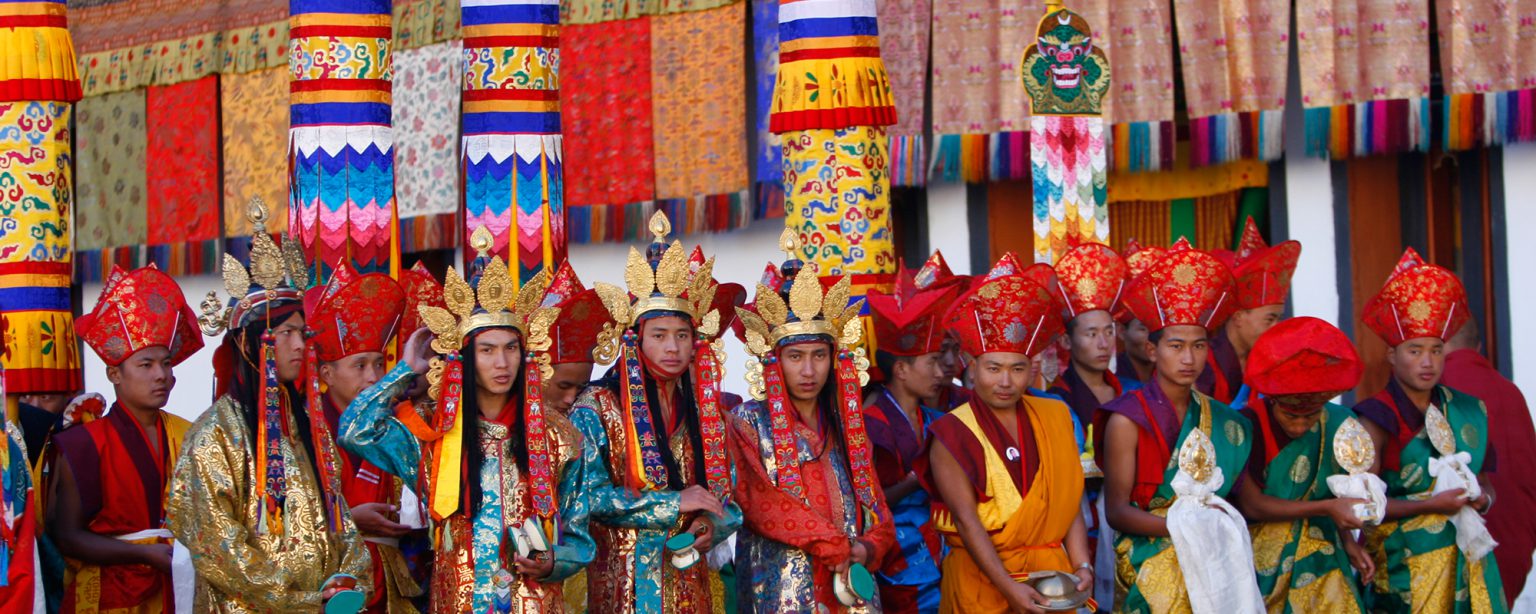


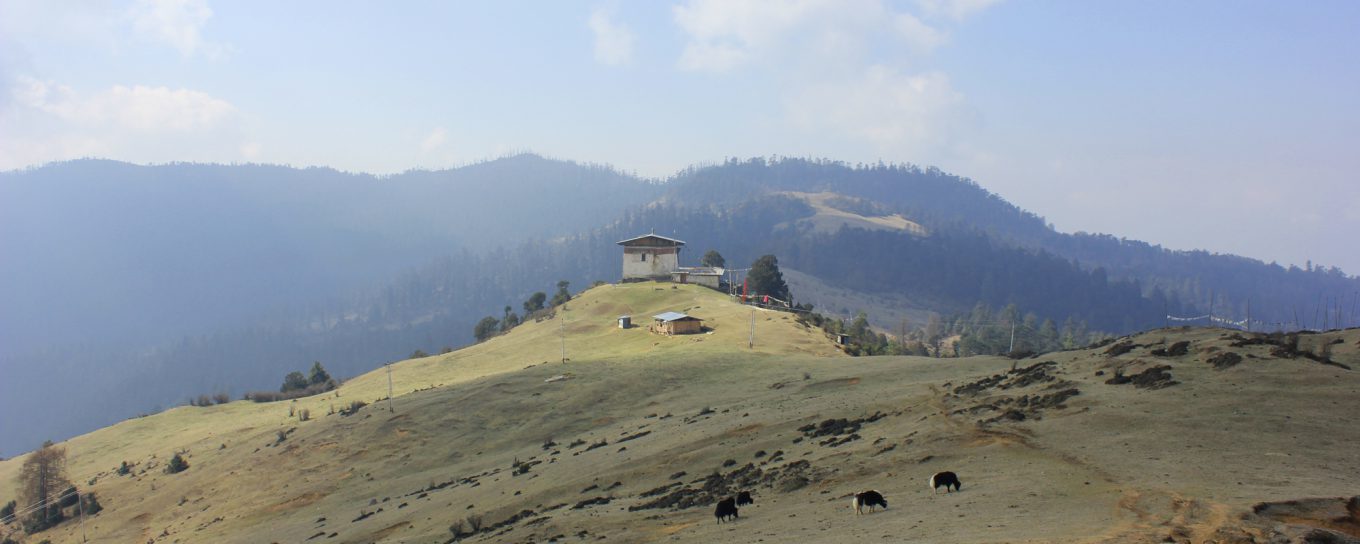
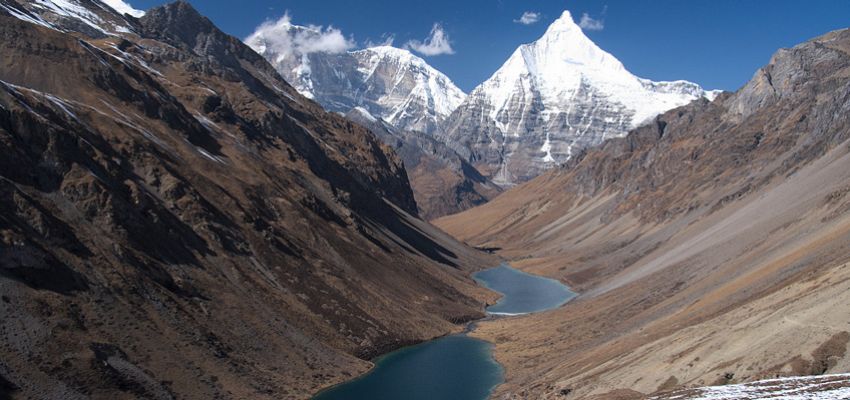
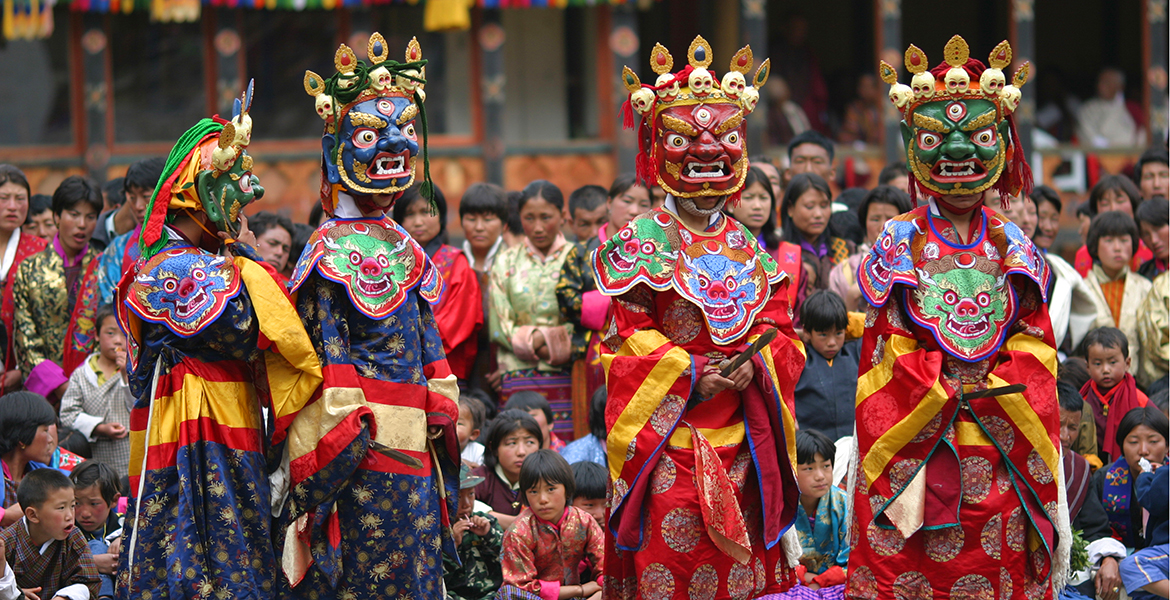
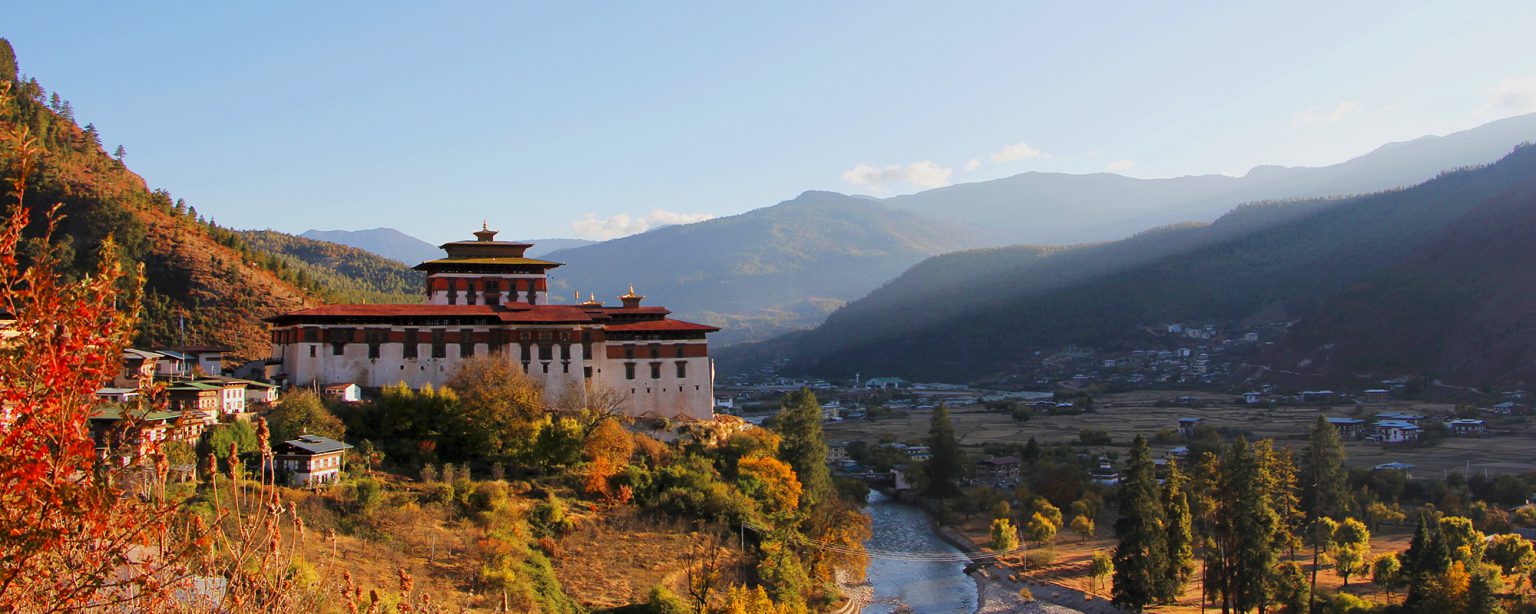
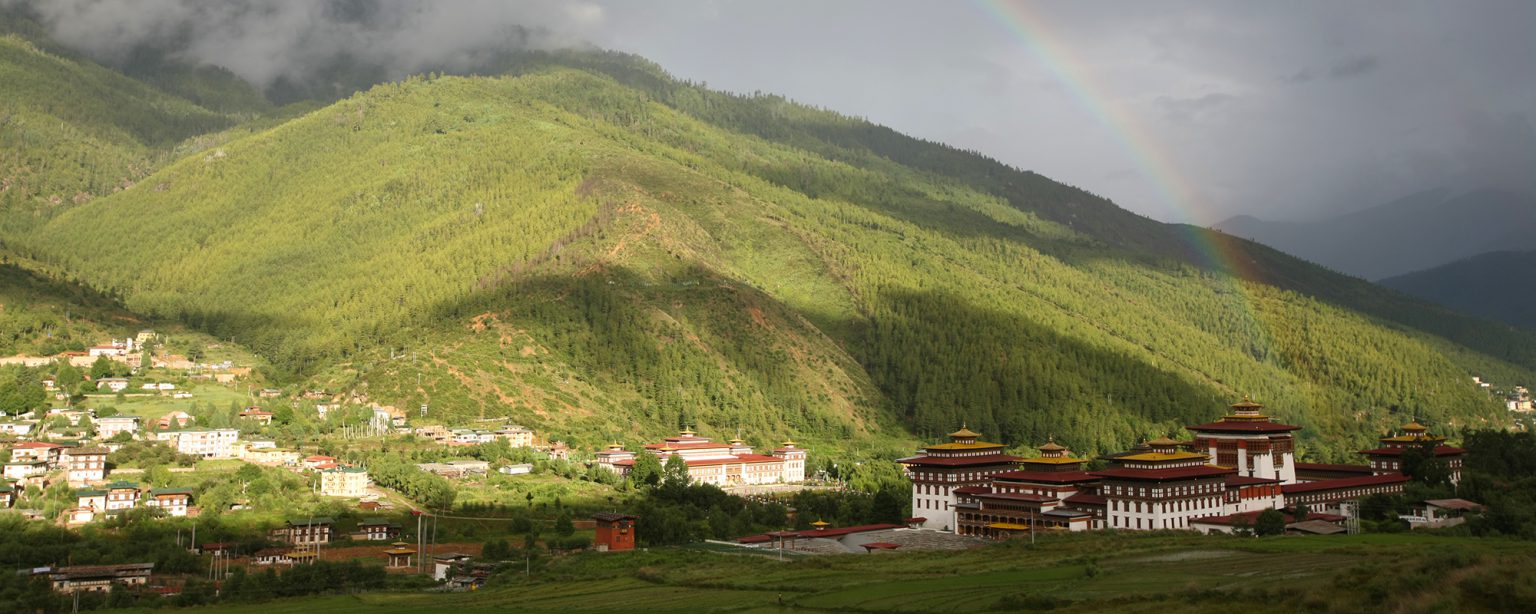
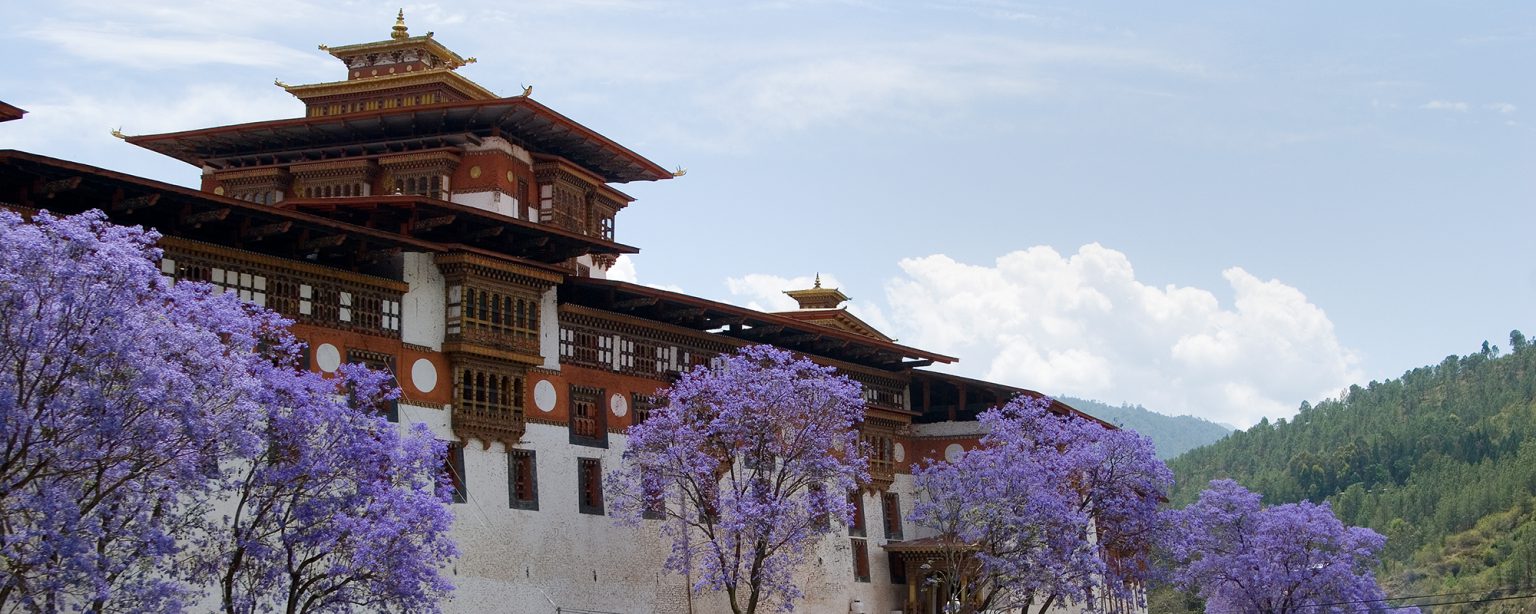
0 Reviews
No Reviews Found